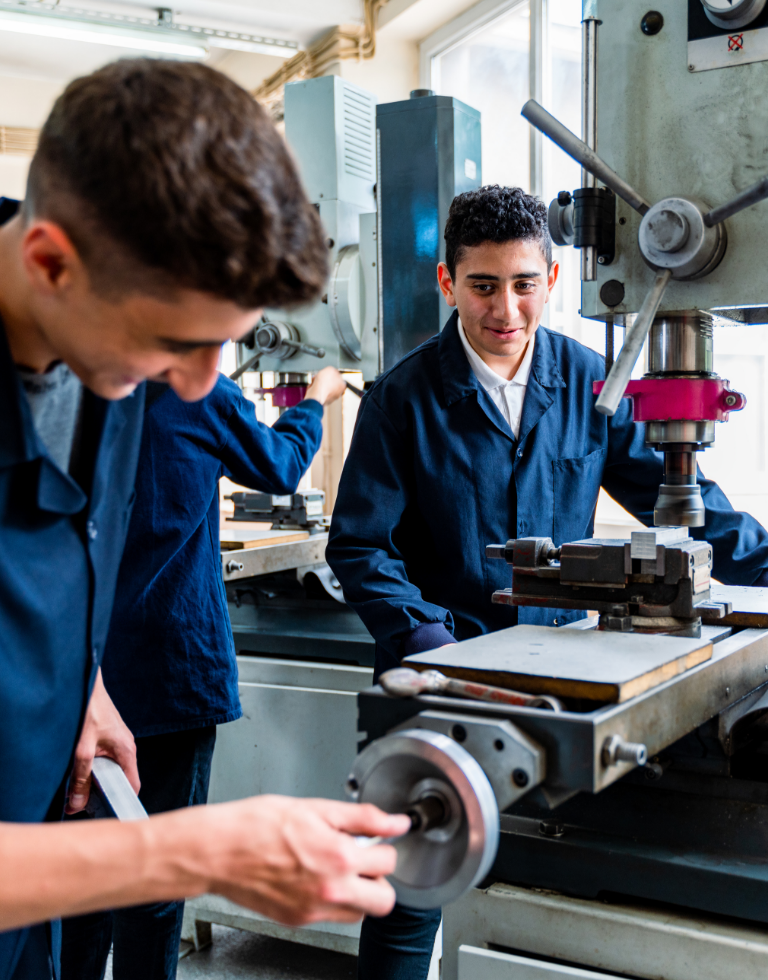Our philosophy is to continually deliver more than required at the highest technological level.
GBE has always believed in quality, not only in terms of product reliability but also in the ability to guarantee customers with a constant technical and commercial support. A procedure now recognised worldwide and appreciated by customers, this was and still is at the basis of GBE's international markets expansion.
Maximum customer satisfaction is achieved thanks to the ability to manufacture specialised products according to customer specifications, type of application and load condition. Our Engineering department, which operates a team of highly experienced engineers and employs sophisticated design programs, plays a key role in customer satisfaction.
The quality management system is ISO 9001: 2008 certified. And again, quality is to be in tune with the changing needs of the markets and even anticipate them.
Contact usThus, the growing attention in recent years to Environmental Sustainability has always been at the forefront of all that the GBE does. We have continually operated with the utmost respect for the environment in all our processes and business functions, including the production, use of materials, including eco-friendly substances and with the proposal of highly efficient products with extremely low losses.
The environmental management system is certified with ISO14001.
At the same time, GBE is equipped with all the necessary certifications to operate in the EU, Eastern Europe, Russia and the countries of the former Soviet Union, South America, etc. Also for special applications such as marine installations, mining or wind farms, our products are certified with all major certification bodies, such as RINA, DNV, Lloyd's REGISTER, ABS, etc.
On top of that, we are always attentive to new market demands. GBE annually submits products to type testing and special accordance with new regulations or according to specific customer needs.

